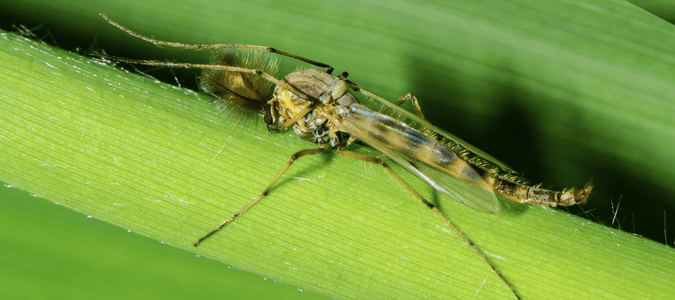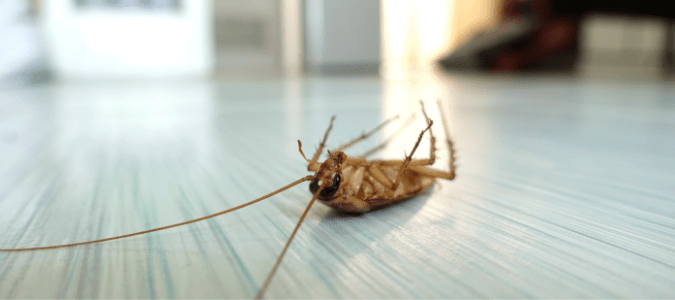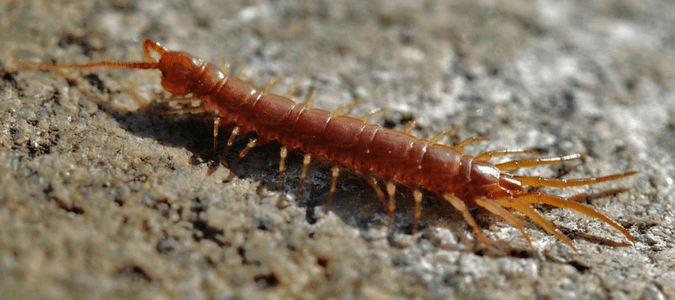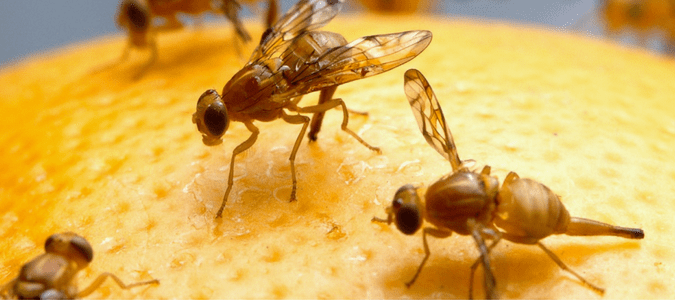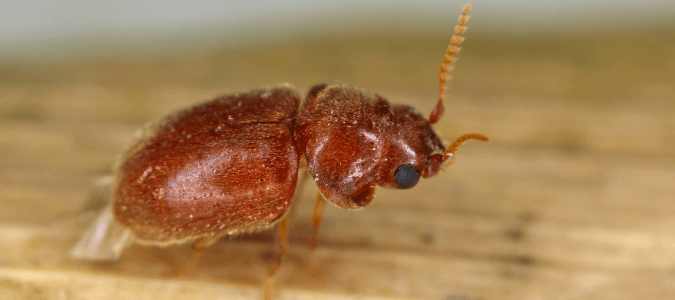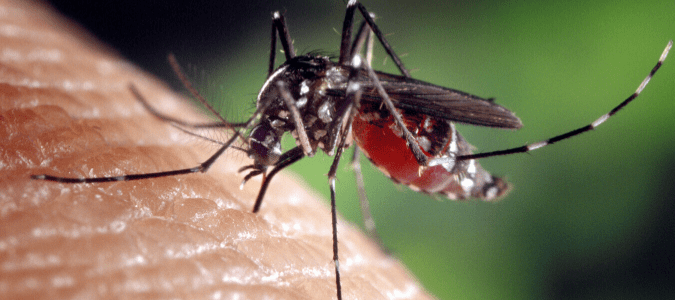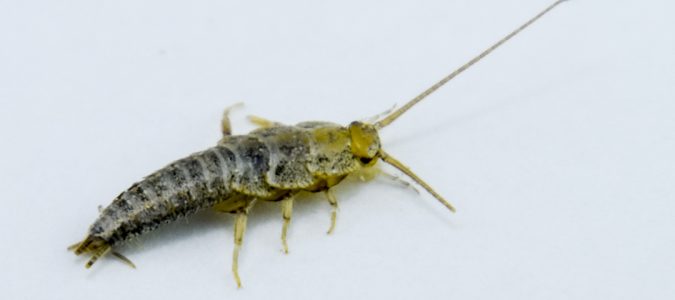How To Get Rid of Wasps

For many people, seeing a wasp is cause to scream, duck and run for cover. This is understandable, considering how much it hurts to get stung. Some people are even allergic to stings, making bees and wasps a real danger. But while some types of wasps are aggressive, plenty of others are very unlikely to sting you. Regardless, most of us want to get rid of wasps when we see them. Read on for more information about these insects, including the best ways to get rid of wasps when you see them or their nests around your property.
Are Wasps Beneficial?
Something many people don’t realize about wasps is that they are actually beneficial. Like bees, wasps are pollinators. This means they are an essential part of the process of producing fruits, seeds and more plants. Wasps also feed on caterpillars and other pests that might otherwise destroy our food crops.
For all … Read Full Post »
